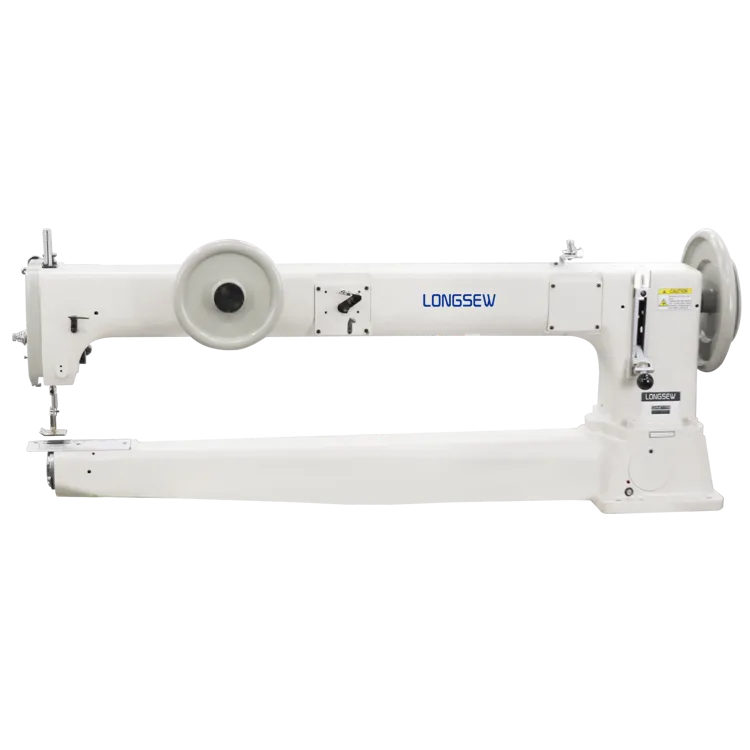how to use a twin stretch needle
How to Use a Twin Stretch Needle A Comprehensive Guide
If you're venturing into the world of sewing, particularly with knit fabrics, you've likely come across various types of sewing machine needles. Among these, the twin stretch needle stands out as an essential tool for achieving professional-quality results. This article will guide you through what a twin stretch needle is, how to use it effectively, and tips for getting the best results.
What is a Twin Stretch Needle?
A twin stretch needle is a specialized sewing needle designed for use with stretchy fabrics like knits and jerseys. Unlike a regular needle, which has a single point, a twin stretch needle has two needle points that are mounted on a single shaft. This design allows the seam to be sewn parallel to your fabric's edge, creating two rows of stitching on the top and a zigzag stitch on the underside, which maintains the fabric's stretchability.
Preparing Your Sewing Machine
Before using a twin stretch needle, ensure your sewing machine is prepared correctly for this type of needle
1. Choose the Right Needle Size Twin stretch needles come in various sizes, typically ranging from 3.0/90 to 4.0/100. Choose a size that corresponds to the weight of your fabric. A smaller size is suitable for lightweight knits, while a larger size works best with heavier materials.
2. Thread Selection Use stretch or knit threads that are suitable for your fabric. Polyester thread is a popular choice because it has a bit of give, allowing it to move with the fabric.
3. Change the Needle Insert the twin stretch needle into your sewing machine, making sure it is securely in place and that the needles are facing forward and parallel. This part is crucial as improper insertion can lead to broken needles or skewed stitching.
Setting Up Your Machine
Before you start sewing, make the following adjustments to your sewing machine settings
1. Stitch Type For the best results, select a zigzag or stretch stitch on your sewing machine. If your machine has a specific setting for twin needles, use that.
2. Tension Settings Adjust the upper thread tension according to your machine’s manual. Many sewists find that a slightly lower tension setting works well with twin stretch needles.
3. Stitch Length A longer stitch length (around 3-4 mm) is often best for stretch fabrics as it accommodates their elasticity.
how to use a twin stretch needle

Sewing with a Twin Stretch Needle
Now that your machine is set up, you can start sewing
1. Position the Fabric Place your fabric under the presser foot, aligning the edge with the guide you want to follow.
2. Start Sewing Begin sewing slowly, allowing time to adjust to the feel of the double needle. Watch your speed, especially when sewing thick seams or curves.
3. Maintain Fabric Flow Ensure that your fabric is flowing evenly under the needle. Avoid pulling or pushing the fabric, as this can lead to uneven stitches.
4. Finish Edges If necessary, finish the edges of your fabric with a serger or zigzag stitch to prevent fraying, especially when working with knit fabrics.
Troubleshooting Common Issues
Even seasoned sewists can run into problems with a twin stretch needle
- Skipped Stitches This often occurs if the needle isn't the right size for the fabric, the tension is too tight, or the needle is incorrectly threaded.
- Thread Breakage If you're experiencing frequent thread breaks, check that the needle is not damaged, and that you're using the correct type of thread.
- Uneven Stitches This can be a result of incorrect tension or if the fabric is not feeding evenly. Make sure to adjust your machine settings accordingly.
Conclusion
Using a twin stretch needle can significantly enhance your sewing projects, especially when working with knit fabrics. With the right preparation and techniques, you can create strong, professional-looking seams that maintain the fabric's elasticity. Remember to experiment with settings and practice on scrap fabric to build confidence before starting your final project. Happy sewing!
-
Industrial Cylinder Arm Sewing Machine: Revolutionizing Heavy-Duty SewingNewsJul.28,2025
-
Cylinder Arm Sewing Machine: Perfect for Special Sewing ApplicationsNewsJul.28,2025
-
Cylinder Bed Sewing Machine: Essential for Sewing Complex MaterialsNewsJul.28,2025
-
Heavy Duty Sewing Machine: The Essential Tool for Industrial ApplicationsNewsJul.28,2025
-
Computerized Pattern Sewing Machine: Revolutionizing Precision StitchingNewsJul.28,2025
-
Heavy Duty Industrial Sewing Machine: Power Meets PrecisionNewsJul.28,2025
-
Leather Sewing Machine: The Industrial Standard for Tough MaterialsNewsJul.18,2025





























